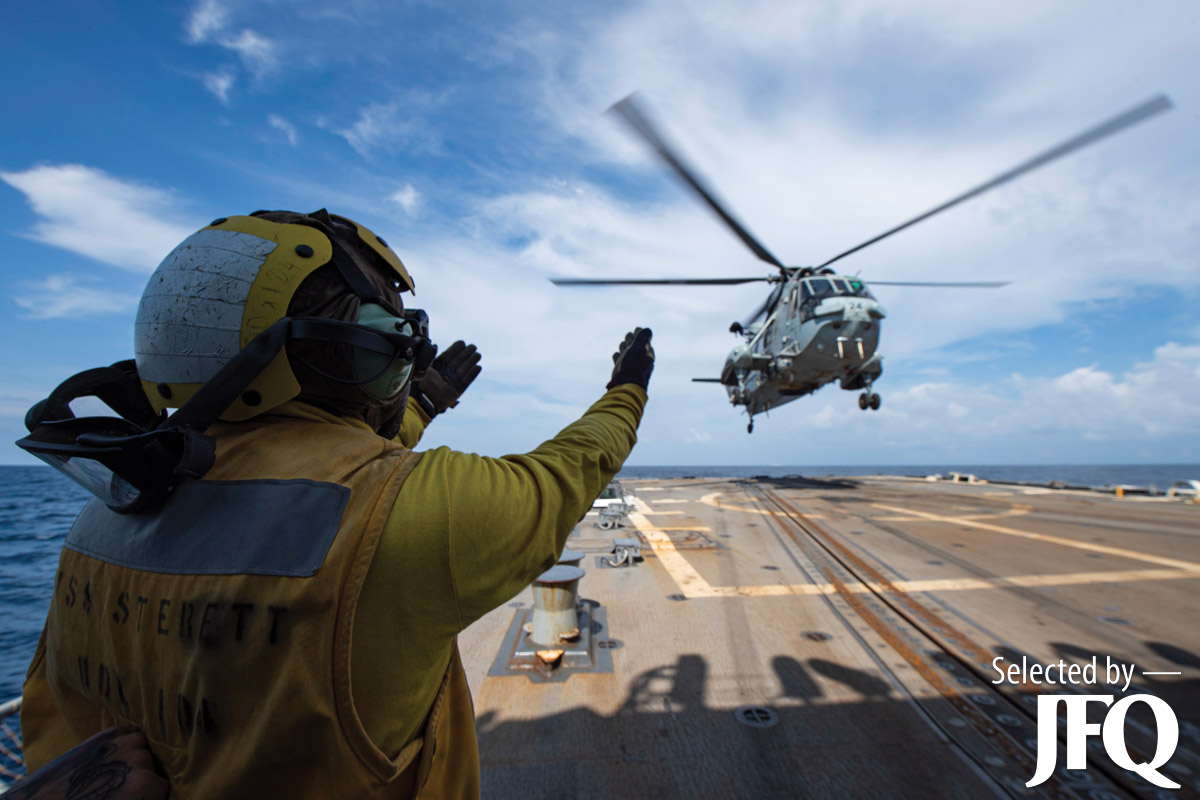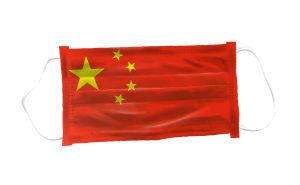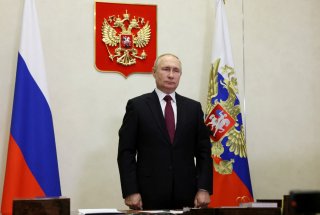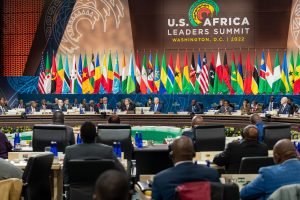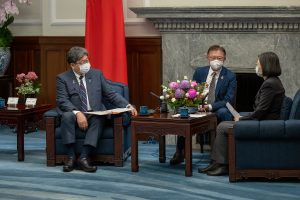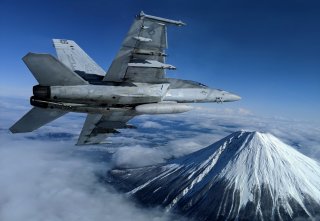Danny Teh Zi Yee
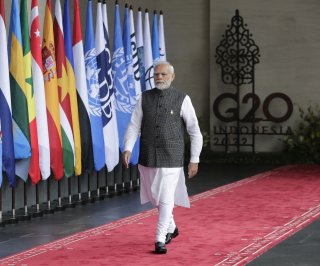
India’s long-waited opportunity to lead and set the agenda for global cooperation under a multipolar world order has arrived. After assuming the presidency of the United Nations Security Council (UNSC) in December, New Delhi will also chair both the Shanghai Cooperation Organization (SCO) and the G20 in 2023. As a strong advocate of multilateralism, the presidency of these multipolar global bodies presents a historic opportunity for New Delhi to push for a “rules-based” multilateral order and elevate its global leadership role. It also gives the Modi administration a golden chance to shape the world agenda and put India in the global spotlight. However, India will face challenges as it assumes these global responsibilities at a challenging time.
UNSC: Fighting Terrorism and Reforming Multilateralism
India will serve as the president of the UNSC for the month of December, marking its second time as president in its two-year tenure as an elected non-permanent member of the council. Under India’s December presidency, countering terrorism and reformed multilateralism will be among the key priorities addressed during two major ministerial-level events held on December 14 and 15, respectively. The two signature events will be chaired by Indian external minister Subrahmanyam Jaishankar, who continues to push hard for UNSC reforms and advocate for India’s permanent membership in the UNSC.
